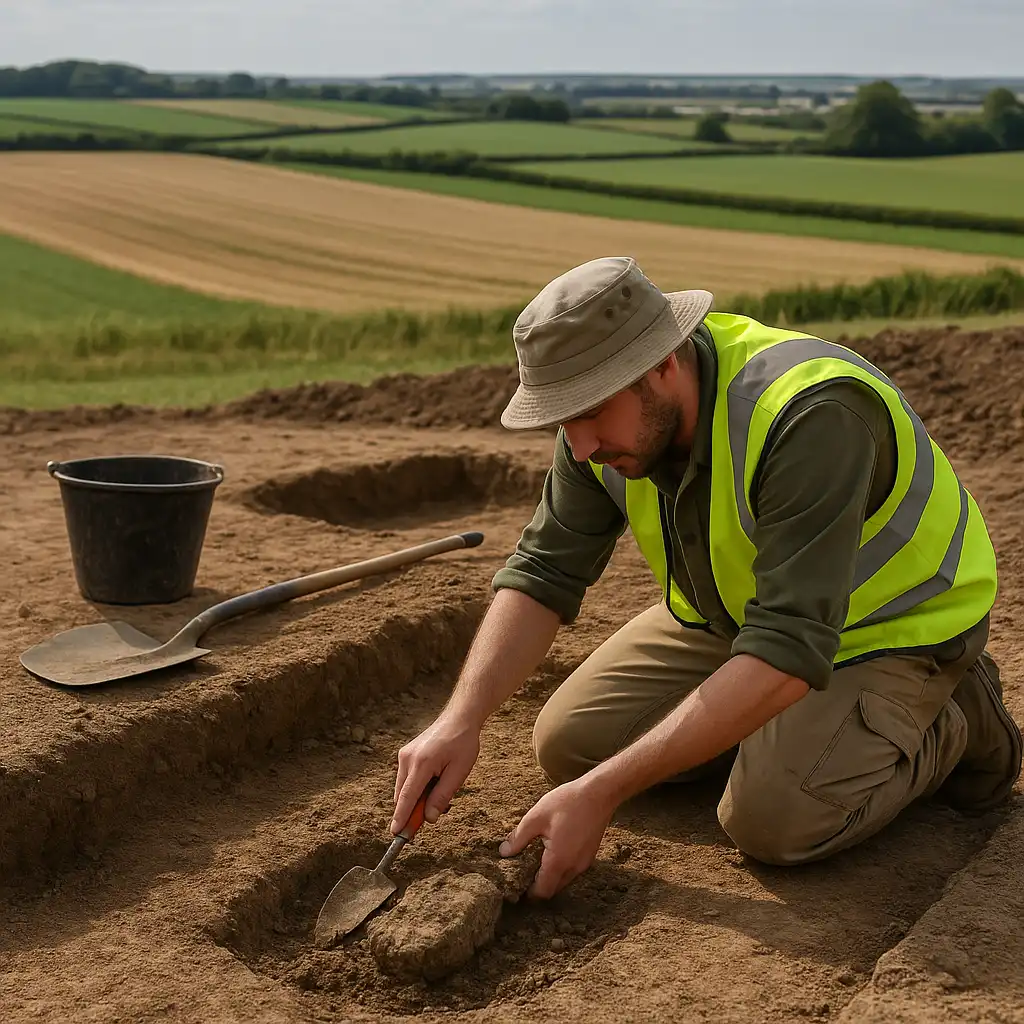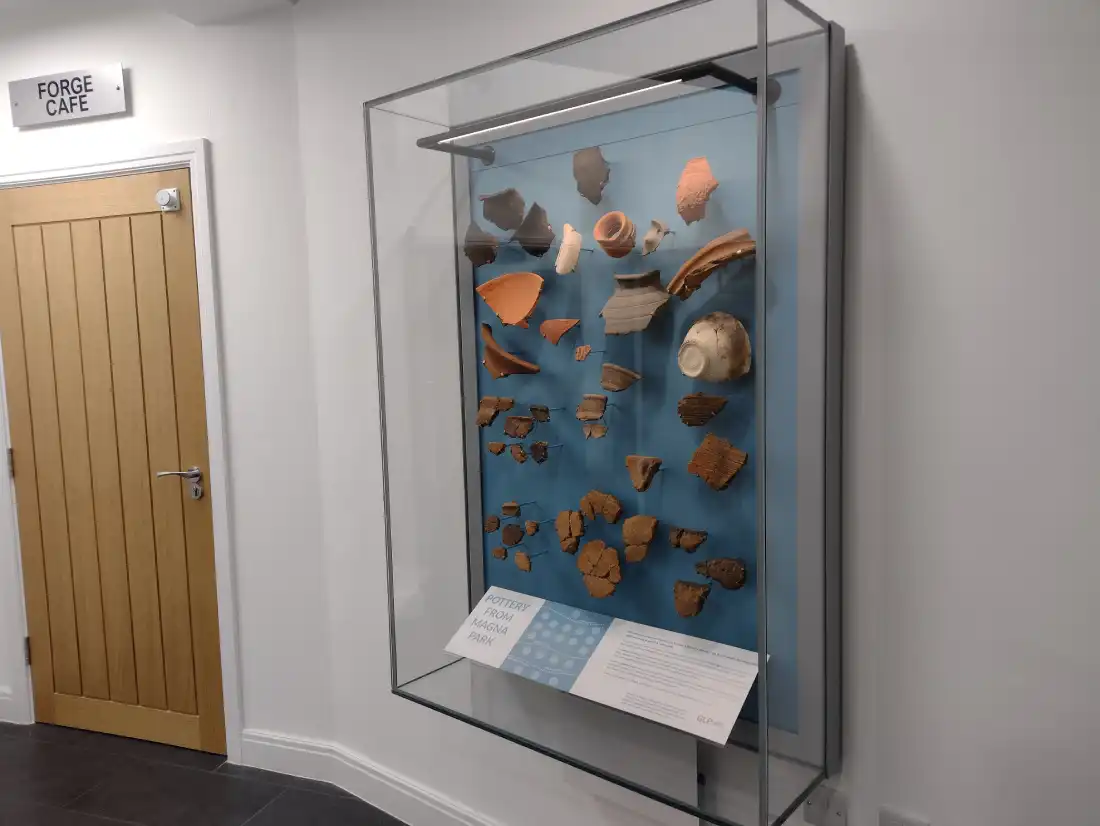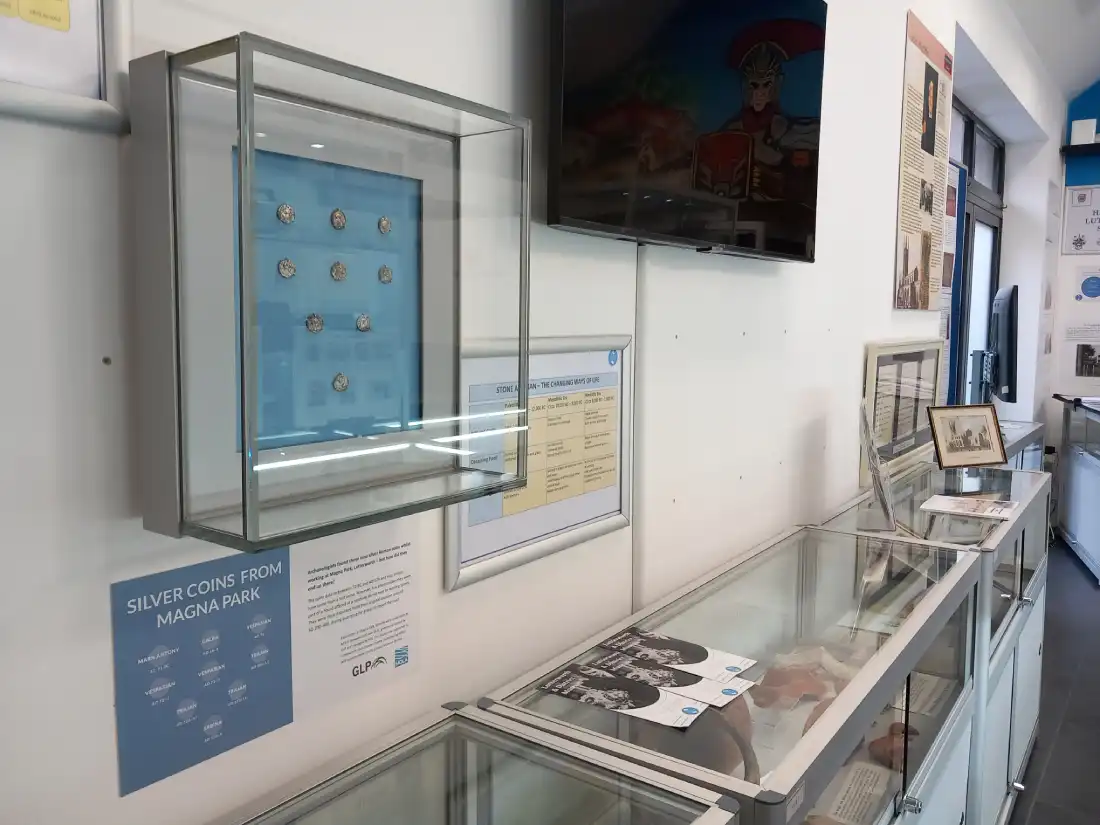Exploring the Archaeological Legacy of Bittesby House

The Bittesby House estate offers a fascinating glimpse into centuries of rural and cultural life. Originally developed in the mid-18th century, the East Wing began as a tenant farmer’s residence. By 1842, the estate had grown to include over 1,400 acres of gardens, orchards, meadows, arable fields, and various outbuildings.
Archaeological Discoveries: Iron Age and Roman Life
In 2020, excavations near the estate uncovered two farmsteads dating from the Late Iron Age into the Roman period. These sites featured roundhouses and were surrounded by fields and ditches. Local farmers cultivated barley and spelt while raising livestock. Positioned next to the Roman A5 road (Watling Street), the location underscores the area’s strategic agricultural and logistical importance during that time.
Roman Infrastructure and Quarrying
The Roman army constructed major trunk roads like the A5. Maintenance responsibilities often fell to local officials or civitas authorities. In the later Roman period, large quarry pits in the area—particularly in “Area 1” near the A1—supplied materials for road surfacing. These pits, however, disrupted earlier field systems.
Significant Finds: Coins and Ceremonial Objects
A rare hoard of nine silver coins was discovered in the backfill of one of the quarry pits. The coins date from 32–128 AD and likely represented offerings at a roadside shrine, later destroyed by quarrying. Each coin equates to nearly two weeks’ pay for a Roman soldier, marking the find as highly unusual for such a small settlement.
Other objects found include a nearly complete Roman greyware bowl, Samian pottery showing a nude dancing figure, and fragments of a rare Kapitän II amphora—imported from the Aegean, likely used for transporting wine or sauce.
Community Engagement and Museum Support
In support of preserving and sharing this heritage, we made a financial commitment of £75,000 towards the development of the new museum in Lutterworth Town Centre. Alongside financial backing, we pledged that artefacts uncovered during the archaeological excavations would be displayed at the museum.
These items are now accessible to the public, helping to tell the story of Bittesby’s ancient past and its role in the wider Roman landscape.
Bittesby’s Continued Evolution
By the 1920s, Bittesby House had expanded to include servant quarters, a separate staircase, and a large dairy. A lodge and several cottages—first noted on 19th-century maps—provided accommodation for staff maintaining the estate. This transformation illustrates the shift from a working farm to a substantial rural estate.
Through archaeological discovery and community investment, the legacy of Bittesby House continues to enrich understanding of the region’s historical significance.

